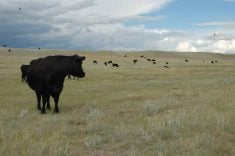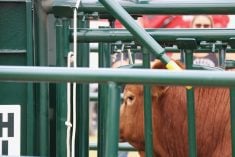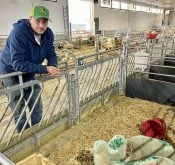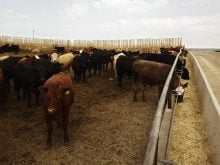A wide-ranging study will tackle the controversial subject of natural gas flare emissions and their effects on animal and human health.
The issue has created animosity between the energy industry and rural residents living near natural gas and sour well sites who cite problems with animal fertility, respiratory diseases and unexplained poor health.
“If a farmer thinks a cow has been exposed to flares, how can you tell or not?” said Cornelia Kreplin, director of food safety with Alberta Agriculture.
“Right now we have no tools in our toolbox that allows us to do that.”
Read Also
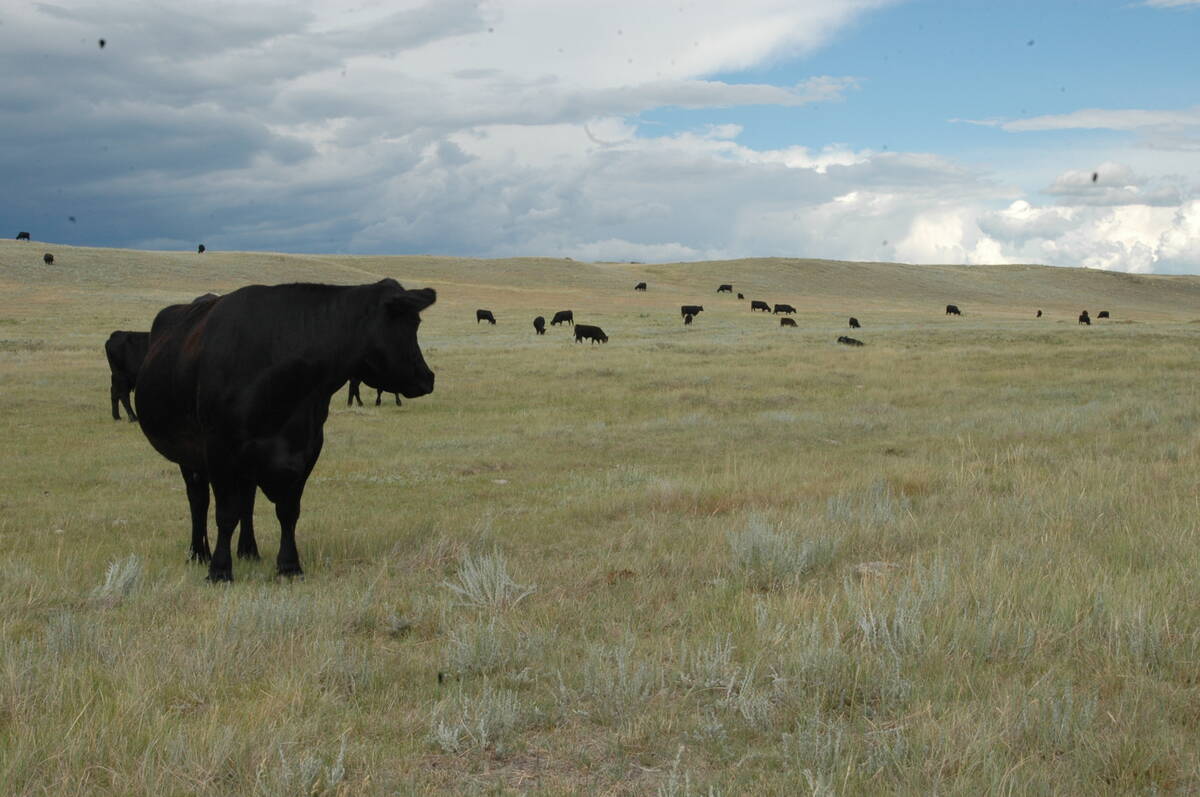
Canadian Food Inspection Agency slammed for handling of bovine tuberculosis case
The federal government leans heavily on producers to “take one for the team” and risk their livelihoods without any reassurance of support.
The departments of agriculture, health, environment, energy and science from the four western provinces have been invited to participate in the study.
Research is expected to begin in January 2001. The first results of the $11 million study are planned for 2004. If further research is required, a second phase is proposed with final results expected in 2006.
Studies will be conducted on 200 beef cattle herds across the West. Researchers want to cover at least one breeding season.
The proposal has six research elements:
- Examining air quality downwind from flare emissions. The study will look at air quality where the animals live rather than at the well site.
- Assessing human exposure and health risk.
- Studying how chronic exposure to flare emissions affects the health of beef cattle.
- Evaluating health effects on wildlife, particularly birds. Tree swallows and kestrels will be monitored for two breeding seasons.
- Measuring reproductive toxicology of flare emissions. Farmers claim that higher numbers of stillborn calves, abortions and birth defects occur when cows are exposed.
- Measuring potential biomarkers of flare emissions on beef with blood tests. Blood samples can help researchers see if there are residues in tissues.
Most of the research will be done at the Western College of Veterinary Medicine at the University of Saskatchewan in Saskatoon.
One of the problems with flaring is the variety of chemical compounds emitted. Different sites produce a variety of emissions and all the components must be analyzed to measure their full effect on animal and human health.
“We’re only at the point where we’re going to find out what’s out there,” said Dennis Stokes, of Alberta’s environment department.
“This should solve the scientific part of it and this should certainly tell us if exposure is a problem. That may not be to the satisfaction of everyone out there.”
The Canadian Association of Petroleum Producers and cattle producer groups have been shown the research proposals, but they are not at the table discussing the path the research might take.
The Clean Air Strategic Alliance of Alberta has set up an animal health project team to monitor the research because of the group’s interest in the effects of sour gas and flaring on the health of cattle, wildlife and people.



